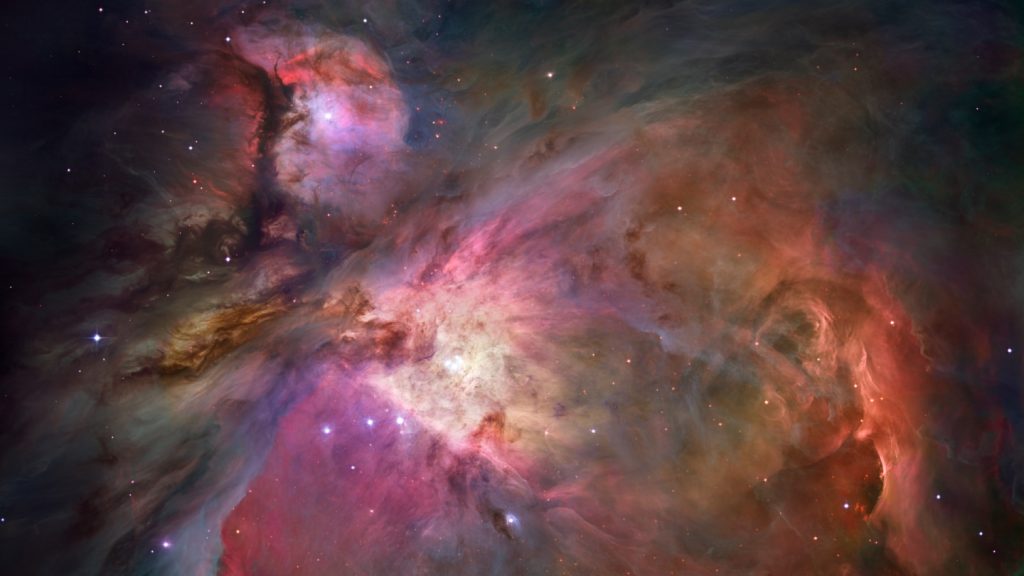Researchers have identified a crucial ingredient in cells that could potentially form in deep space. The study suggests that glyceric acid, important for cell metabolism and energy balance, may be produced in interstellar clouds. Although glyceric acid has been found in meteorites, direct observations in space have not yet been made. Telescopes cannot determine how organic compounds form in space, but chemists can predict how gases in interstellar clouds react when exposed to radiation, providing valuable insights into this process.
The research began with the question of whether glyceric acid could be synthesized in space-like conditions. By studying the properties of carbon dioxide and ethylene glycol, researchers found that these compounds commonly found in interstellar clouds could combine to form glyceric acid when exposed to radiation. Lab experiments validated these theoretical results by depositing ices of carbon dioxide and ethylene glycol in a vacuum chamber, then subjecting them to radiation. The simulated shower of charged particles triggered the formation of glyceric acid molecules, providing evidence that this process could occur in interstellar clouds.
Observing simple organic molecules in cosmic environments is common, but detecting complex organics is more challenging. The study sheds light on the evolution of simple chemistry into more complex molecules, offering insights into the formation of biologically significant compounds from basic molecules. This research helps scientists understand the potential for complex organic molecules to form in space and highlights the role of radiation in triggering chemical reactions that lead to the creation of important biological compounds.
Moving forward, researchers aim to search for glyceric acid in interstellar clouds using tools like the Atacama Large Millimeter/submillimeter Array in Chile. This telescope has been instrumental in detecting phosphorus-bearing molecules and other compounds essential for life in the cosmos. The search for glyceric acid in space could provide further evidence of the processes involved in the formation of complex organic molecules and offer new insights into the origin of life in the universe.
The formation of glyceric acid in interstellar clouds represents a significant advancement in our understanding of prebiotic chemistry in space. By simulating space-like conditions in the lab, researchers have demonstrated that the reaction between carbon dioxide and ethylene glycol under radiation exposure can lead to the creation of glyceric acid molecules. This knowledge contributes to our knowledge of how life-building compounds can originate in outer space and provides a pathway for future research into the formation of other complex organics in the cosmos.
Overall, this research offers a promising glimpse into the mechanisms by which crucial biological molecules can form in space. By combining theoretical calculations with lab experiments, scientists have shown that simple molecules found in interstellar clouds can combine under radiation exposure to produce more complex substances essential for life. This study opens up new avenues for exploring the origins of organic chemistry in the universe and deepening our understanding of the processes that drive the creation of life’s building blocks beyond our planet.















